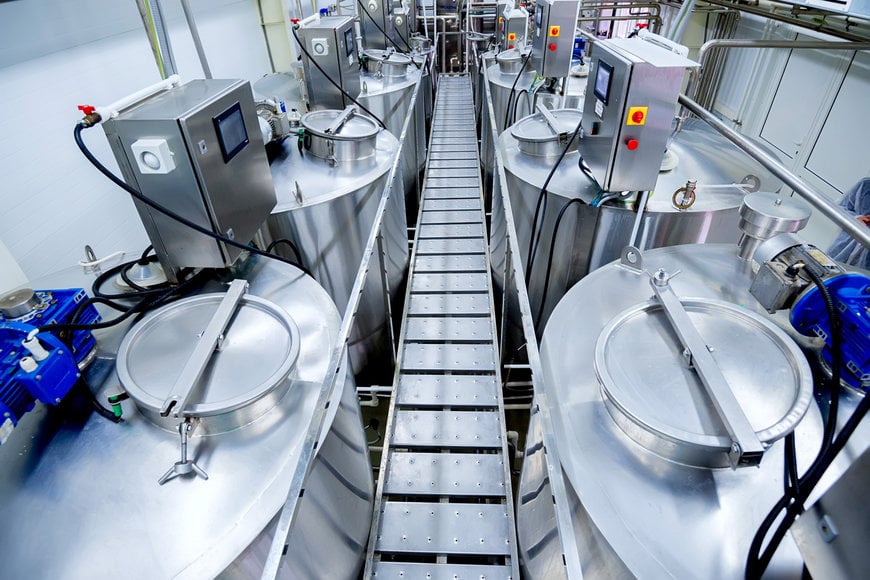www.industryemea.com
04
'20
Written on Modified on
How to reduce cabinet clutter in food production
Food manufacturers can be first into new markets by frequently reconfiguring processing lines.

Food manufacturers can achieve flexible production lines at minimal labour costs, by adopting automation without cabinets. Stephen Hayes, managing director of Beckhoff Automation UK, explains how food processing operations can be reconfigured with machines that can be transported and moved, more easily and faster than traditional machinery.
In April 2019, ING Bank’s economics department published its report on technology in the food industry, which discussed how technology helps food manufacturers produce more efficiently for a growing world population. Improving shelf life and food safety revolves around technology, and greater use of machines and software ensures affordability and consistent quality.
The report explains that, “The number of robots in the European food industry is well over 30,000, while the number of robots per 10,000 employees rose from 62 in 2013 to 84 in 2017. Although Germany is the largest market, robot density is highest in Sweden, Denmark, the Netherlands and Italy.
From controlling people and machines to fully automated production lines with remote control and monitoring, food production is increasingly in the hands of data analysts and robots. Using robots makes the production process more stable with higher production volume and improved food safety, and less labour-intensive with lower personnel costs.
Robots are increasingly used to cut, move, package, and palletise products, for example. Data technology increases predictability and artificial intelligence contributes towards the streamlined use of production lines. Connected machines mean that processes can be increasingly inspected and controlled remotely.
Food production is changing and adapting with respect to seasonal demand changes, and the growing trend for shorter-run food batches to tie in with promotions or consumer trends. Consumer demand for personalised food products is booming, with brands like Veuve Clicquot, Marmite, Cadbury’s, Johnnie Walker, Green & Black’s, and Quality Street, all weighing in with various offers.
These trends will encourage food manufacturers to be nimbler on their feet, and to frequently reconfigure processing lines accordingly. EtherCAT P allows for automation systems to be more transportable as a result of reduced wiring and cabling requirements. It is the backbone of Beckhoff’s automation without cabinets concept.
For example, reduced machine footprint and installation space is a key features of the AMP8000 distributed Servo Drive system, which integrates the servo drive directly into the servomotor. By relocating the power electronics directly into the machine, the space requirements within the control cabinet are reduced to a single coupling module that can supply multiple servo-drives from just one cable via a distribution module.
EtherCAT (Ethernet for control automation technology), the real-time Ethernet technology from Beckhoff, sets new standards where conventional fieldbus systems reach their limits, boasting 1,000 distributed I/O points responding within 30 µs, almost unlimited network size, and optimum vertical integration thanks to Ethernet and internet technologies.
With EtherCAT, the costly Ethernet star topology can be replaced with a simple line or tree structure, without expensive infrastructure components being required. All types of Ethernet devices can be integrated via a switch or switch port. Beckhoff EtherCAT I/O modules with IP 69K protection are designed to withstand cleaning procedures that are common in food and beverage applications.
An Australian food manufacturer for example, previously needed three conventional feed lines, with their corresponding costs and space requirements. With an EtherCAT controller, the 21 servo axes distributed throughout the entire factory are now controlled by just one powerful computer. Information is exchanged over the network so that no ‘spaghetti cabling’ is created and the system can be designed very simply.
www.beckhoff.co.uk

